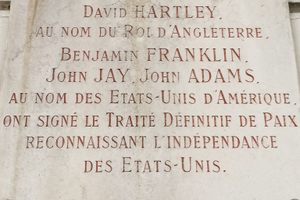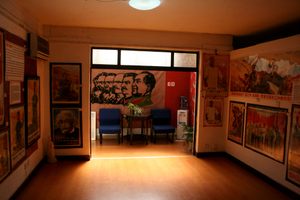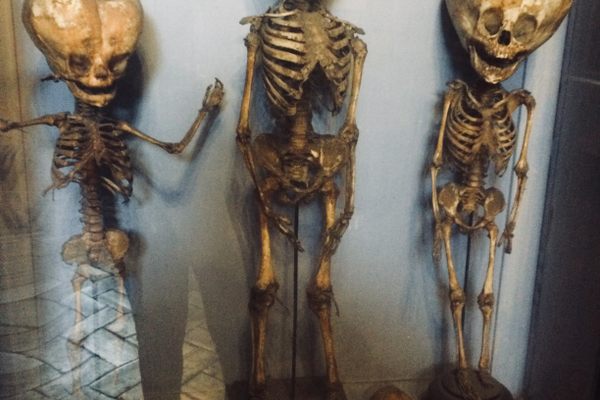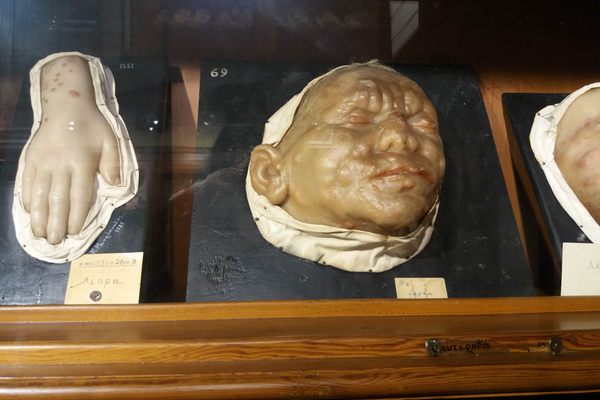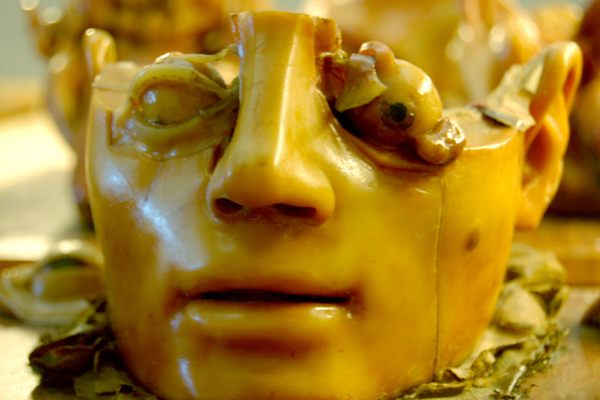About
The collection of the Musée d'Anatomie Delmas-Orfila-Rouviere has a long, complex history that is manifest in its name. The collection was begun by French anatomical master and professor of anatomy Honoré Fragonard in 1794. It was then significantly added to by the dean of the Faculty of Medicine and father of toxicology, Mathieu Orfila, who, after visiting the Hunterian in London, was struck by jealousy and felt that Paris should have an equally grand medical collection. Named the Musée Orfila in 1847, Orfila would expand the collection to 4500 specimens by 1881.
This period of grand acquisition was to be followed by a period of equally devastating loss. Over the next 60 years, thousands of specimens were lost to war, neglect, and poverty. It got so bad that, at one point, the elaborate, beautiful and expensive wax models (made by French surgeon Jean-Baptiste Laumonier) were used as fuel for lighting. By the time the museum was rescued by Professor André Delmas in 1947, only a hundred of the original items remained. Delmas combined the museum with Professor Henri Rouvière's collection, and the combined Delmas-Orfila-Rouviere museum became the largest anatomy collection in France.
Located on the eighth floor of the Faculty of Medicine building in the René Descartes University, the collection has over 5800 items, including numerous brain specimens (featuring that of the man who collected them, famous anatomist Paul Broca), wet animal specimens preserved by Fragonard himself, skeletons, skulls, and a fabulous collection of wax anatomical models.
Unfortunately, for unclear reasons, this amazing collection is currently unavailable to the public and even most researchers. One can, however, still see a few interesting medical models in the lobby of the building.
Related Tags
Know Before You Go
The Musée d'Anatomie was transferred in 2011 from Paris to Montpellier (Université de Montpellier, 2 rue de l'École de médecine). The 20th-century biomedical building in Paris (39-45 rue des Saints-Pères) no longer has these medical models, but its exterior is decorated with 45 medallions showing medical events and has a door made in 1951 by the sculptor of Cristo Redentor that overlooks Rio de Janeiro.
Published
June 14, 2010









